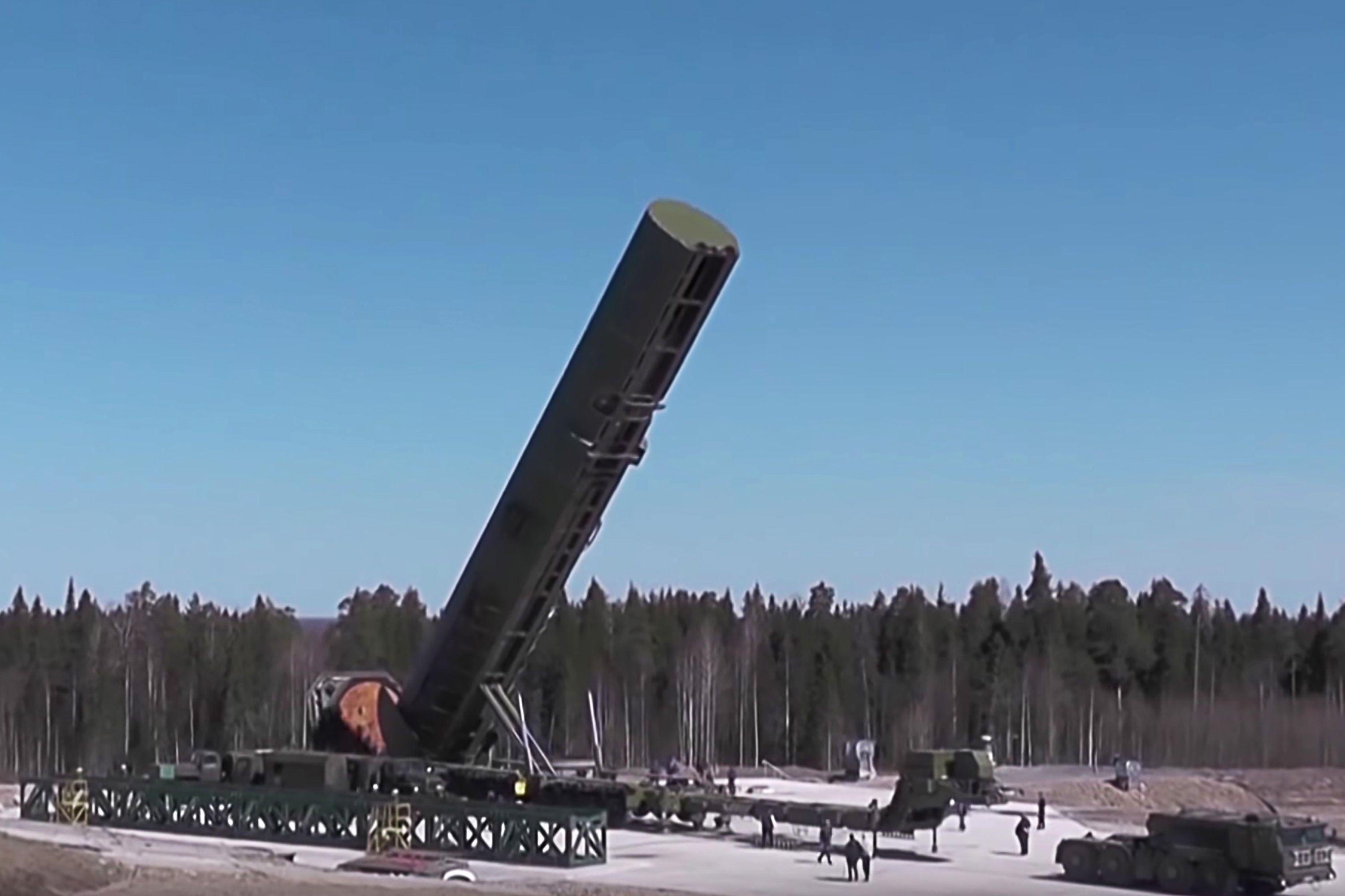Extension of the New START Treaty

What are the provisions of New START?
Signed in 2010, the treaty is currently the sole agreement limiting American and Russian nuclear forces, which together account for around 90% of all nuclear warheads in the world. New START constrains intercontinental-range weapons and allows each of the state-parties to possess no more than 700 deployed heavy bombers and land- and submarine-launched ballistic missiles. These systems may be armed with up to 1,550 deployed warheads. The treaty obliges the state-parties to exchange information about these forces and host inspections aimed at verification of this data. It does not prohibit the modernisation of strategic forces—Russia recently replaced most of its systems with new ones, while the U.S. is just beginning this process.
Why did the U.S. and Russia decide to extend the treaty?
Both Russia and the Biden administration want to maintain the credibility of nuclear deterrence but also avoid a quantitative strategic arms race. New START limits the nuclear arsenals of both sides, thus making it easier for them to maintain the ability to survive a potential first strike by the adversary and respond with a devastating counterattack. With no treaty limits and verification measures, the U.S. and Russia could fear that the other side will secretly expand its arsenal and start to build up their own forces in order to prevent the competitor from gaining an advantage. Avoidance of the risks and costs of a quantitative strategic arms race is sought not only by Russia, which has a substantially smaller defence budget than the U.S., but also by Joe Biden, who signalled during his campaign the need to cut U.S. defence spending, including expenditures on nuclear arms.
Why was the decision to extend the treaty made just before its expiration?
New START was criticised by the Trump administration for, among other issues, not limiting the large arsenal of Russian non-strategic nuclear weapons (shorter-range types, such as the Iskander missile system). The Trump administration tried to exploit the risk of New START’s expiration and threatened to increase the U.S. arsenal in order to extract concessions from Russia. It wanted to eventually sign a new treaty that included China. The U.S. envisioned a possible New START extension for only one year and on the condition that Russia committed not to increase the overall number of nuclear warheads of all types during that period. But Russia was only willing to make a symbolic concession in that regard, stating it would make such a declaration but would not work out verification measures. Russia made the possibility of further-reaching concessions dependent on the U.S. considering its own demands. Russia also was awaiting the result of the U.S. elections, knowing that Biden would seek an unconditional extension of New START.
What could be the subject of follow-on U.S.-Russia nuclear talks?
Both countries present the extension of New START by the full five years as a stable foundation for talks on the next arms control agreements. They will be difficult. It remains in the U.S. interest to limit Russian nuclear weapons not covered by the current treaty: experimental intercontinental-range systems (nuclear-powered cruise missiles and underwater drones), warheads in reserve, and non-strategic weapons. Reaching an agreement on the last issue might be particularly problematic: Russia’s non-strategic nuclear forces are much larger than the U.S. and it has long been unwilling to discuss them. Meanwhile, Russia seeks to limit American missile defences (such as Aegis Ashore sites in Poland and Romania tasked with defending Europe from a potential missile strike from Iran) and advanced conventional missiles. It perceives such systems as a threat to its strategic forces.
What does the New START extension mean for NATO and Poland?
The extension will be positive for transatlantic relations and NATO cohesion. Its expiration would have deepened concerns in several European countries about the U.S. dragging Europe into an arms race with Russia, expressed, for example, after the Trump administration’s withdrawal from the Intermediate-range Nuclear Forces Treaty (even though the exit was a response to the Russian violation of the accord). Engagement on arms control is an important element of building consensus in NATO on deterrence policy. At the same time, it will be important for NATO that the U.S. consults its allies on the talks on follow-on arms control agreements with Russia. Such talks may concern both Russian non-strategic weapons that could strike European NATO members and U.S. capabilities of direct importance for NATO deterrence and defence, including American nuclear weapons based in Europe.


